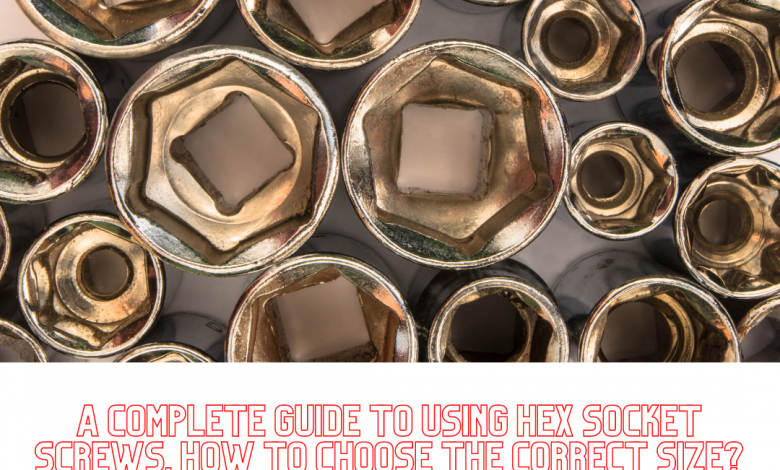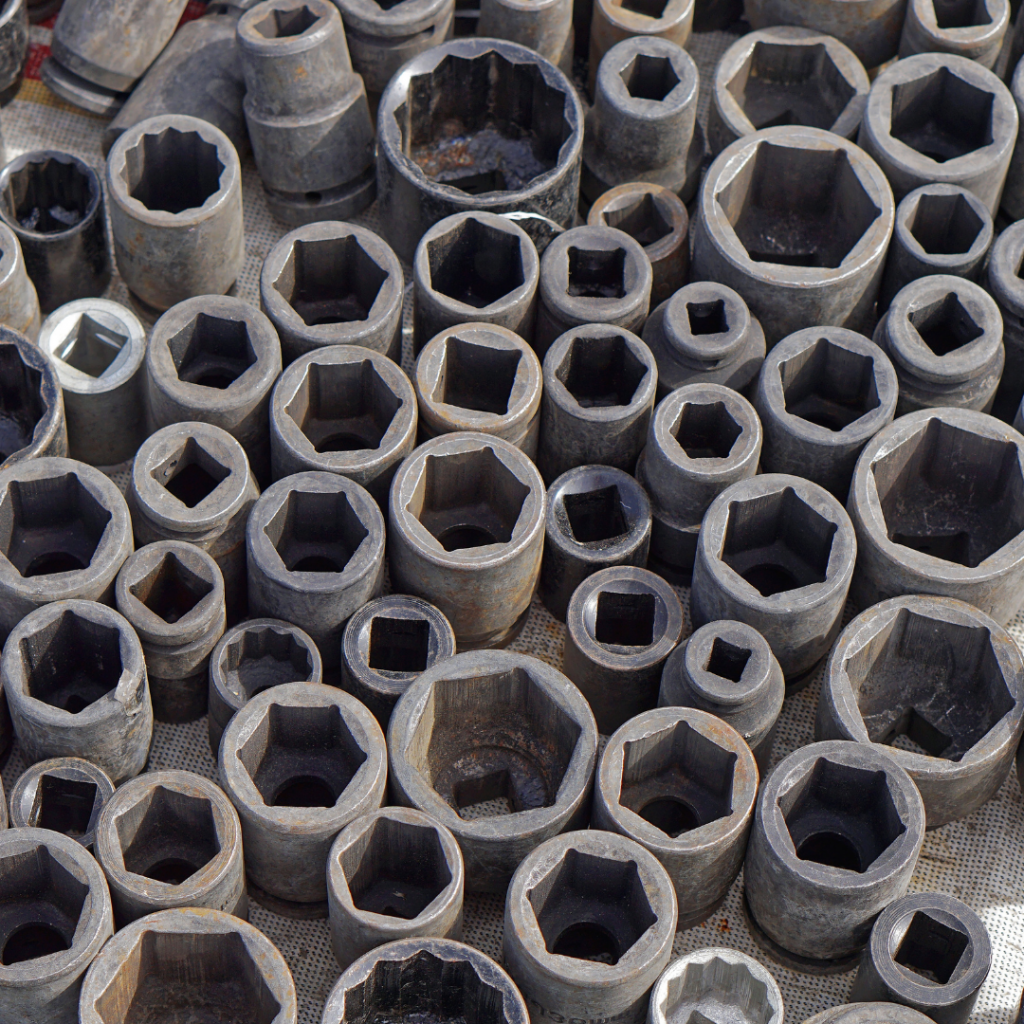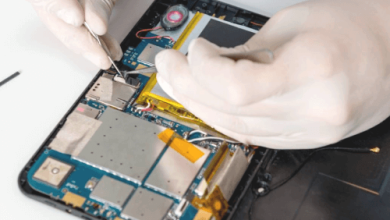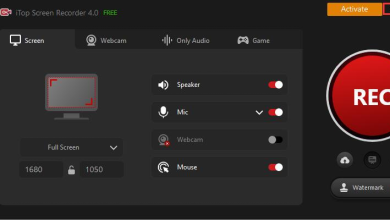A Complete Guide to Using Hex Socket Screws
How To Choose The Correct Size? What You Need to Know!

This is a complete guide to using hex socket screws. Hex socket screws are becoming increasingly popular as they offer many benefits over traditional screw types, such as handling greater torque and resisting corrosion.
What You Need To Know About Hex Socket Screws:
-
What Are Hex Socket Screws?
Hex socket screws are designed with six closely spaced threads on one side of the head and a matching Phillips head on the other side. This allows them to be tightene and removed with a Phillips screwdriver.
-
What Are Their Benefits?
Hex socket screws offer many advantages over traditional screws, such as the ability to handle greater torque and resist corrosion. Additionally, they are often prefer for applications where space is tight or where multiple screws need to be installed close together.
-
How Do I Choose The Right Size Hex Socket Screw?
To avoid issues while installing or removing screws, it is important to choose the correct size hex socket screw. The correct size will depend on the application and the torque required to remove or install the screw.
-
Who Are The Manufacturers Of Hex Socket Screw
There is no one true answer to this question as the market for Hex socket screw is extremely competitive. In general, however, we would recommend brands like Bosch and glsfasteners.com which are both very well known and have a long history of quality products and one of the best manufacturer of Hex socket screws.

-
Where Can I Find Hex Socket Screws?
Hex socket screws are often available in hardware stores and online stores like glsfasteners.com. They can also purchase from specialty tool distributors. Thread repair packages containing a variety of hex socket screw sizes are often available and often include small accessory items such as nylon splicing sleeves, universal driver bits, adapters, etc.
-
What Is A “Rotated” Phillips Head?
The drive side corresponds to the top-view when looking at the inside of the drive head where you would expect to find it. In most cases this will be the “standard” (or flat) head. The difference between these two heads is that the rotating head has one of its threads offset 30 degrees to the right, which allows it to be use with a screwdriver with a reverse-threading mechanism such as an electric drill.
-
What Is A “Extended” Phillips Head?
The extended “Phillips” thread heads’ drive side does not offset its neck. To allow for better access when using standard screwdrivers and wrenches. This arrangement can also be use in reverse with an electric drill, which will enable you to use it as both a driver bit (using your typical flat-head screwdriver) and attempt other more unusual applications such as removing stripped screws from recessed areas.
-
Can Hex Head Screw “Drivers” (Screws) Be Used As Drivers/Bits?
Yes, these are indeed standard panatela bits and can be used to drive screws into drilled holes. Or use them in reverse with an electric drill so they can also function as a driver bit for normal Phillips-head fasteners but cannot be utilize alone due to their insufficient length when applied to large sections of threaded region below the head.
A lso read: likemetals
-
Does The Driver/Hex Bit Have To Line Up Perfectly Parallel With The Screw Threads?
If you take your time and get it aligne correctly. Yes, but there is no standard solution for a perfect-fitting hex wrench that requires more time. And precision than a simple flat or Phillips drive shaft. Which nearly all kits include. To make sure that an assembled assembly of fasteners can be used on most normal sized screws. We strongly recommend that you use a torque wrench. An “A” Wing Star Nut Driver (with its small hex openings) and/or the correct socket for your application either by trial-and-error. Or as supplied with most kits. In any event, we always recommend using two hands when trying to drive screws. Into complex objects such as metal studs etc., which is much safer than attempting it alone.
When installing fasteners where you must be careful not to strip them, we would advise using a 3/8-drive ratchet and a combination wrench or one in the same size with its tip on an angle. Such methods also allow you to hold onto the fastener as well as apply its force against itself so that you cannot be harmful to yourself while driving, which can interfere with most kits. The result will depend on how many screws you need driven, your equipment, etc. Generally speaking, no more than one screw into wood. Up to three or four screws with metal studs and about ten for plastic nuts under 20 lbs.
-
How Does The Standard Stainless Steel Shaft Work?
The basic use of these bits is to drive hex frame plugs from a template that you have cut so that they can be use in place without having your bit drift off-line (some fasteners are truly oversized where this will happen only when using the wrong bit) and then using a standard hammer drill bit to bore the pilot hole. Over time, bits can drift off-line, especially when power tools are use on soft materials (like drywall), which is why it is essential to lube them up with our unique mix before each use.




